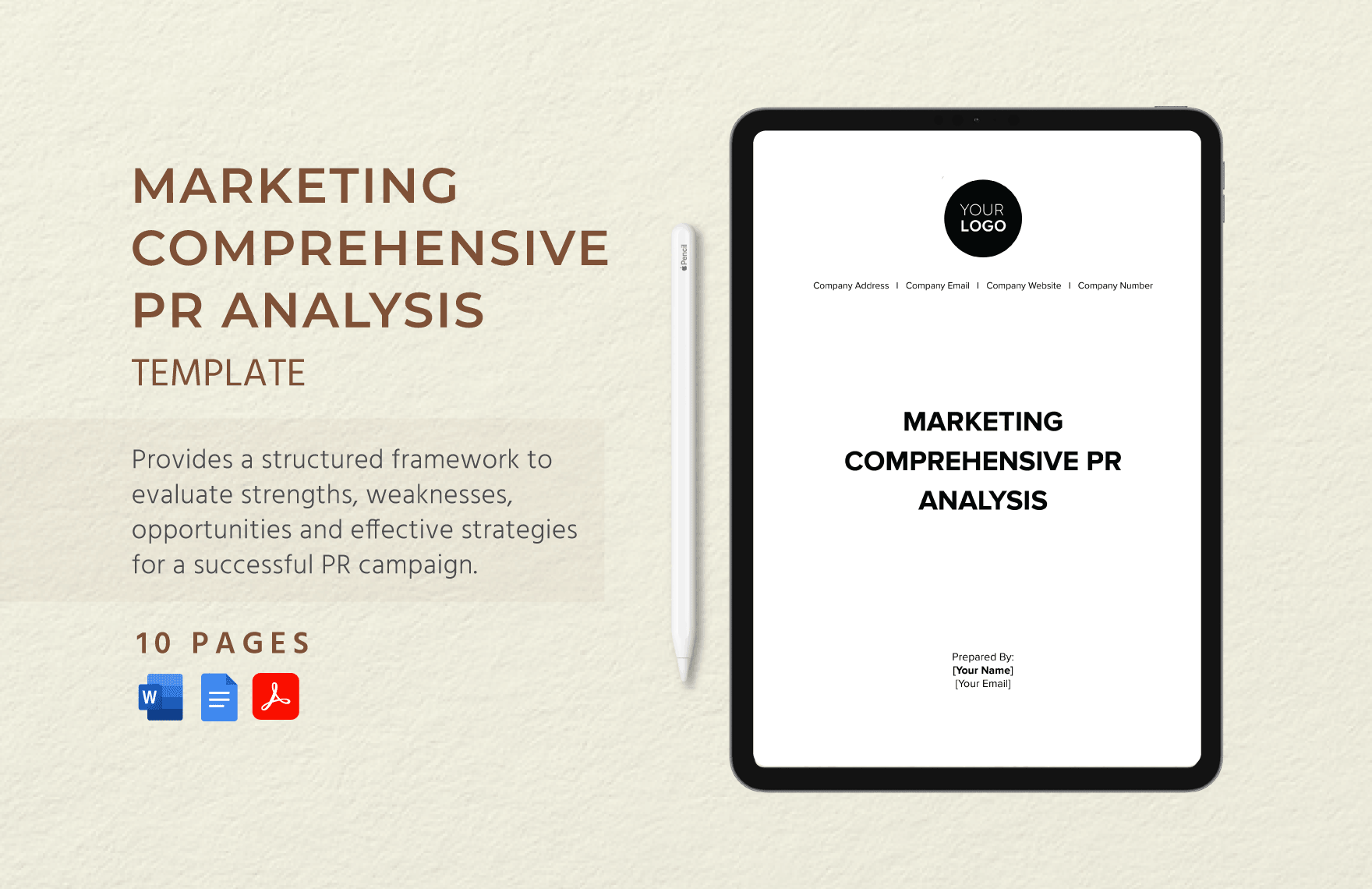Understanding P R A: A Comprehensive Guide

Understanding PR and its role in today's digital world is more crucial than ever. As businesses navigate through the complexities of market dynamics, public relations (PR) strategies become the cornerstone of effective communication, brand management, and reputation building. In this comprehensive guide, we will explore what PR entails, why it is indispensable, and how organizations can effectively implement PR strategies to meet their goals.
What is Public Relations (PR)?


Public relations, commonly known as PR, is an organized practice of managing the flow of information between an organization and its publics. It is not just about handling media relations or crafting press releases; PR is a strategic communication process that builds mutually beneficial relationships between organizations and their key stakeholders. Here’s what PR includes:
- Media Relations: Interaction with various media outlets for the purpose of getting media coverage.
- Crisis Communication: Managing communications during and after a crisis to mitigate damage to the organization’s reputation.
- Corporate Communications: Managing internal communications and fostering company culture.
- Event Planning: Coordinating promotional events to garner public attention.
- Content Development: Creating engaging content to inform, educate, and influence audiences.
The Importance of PR

PR plays several pivotal roles in today’s business environment:
- Reputation Management: A company’s reputation is its most valuable asset. Effective PR helps build, maintain, and protect this reputation.
- Brand Awareness: Through consistent communication, PR amplifies brand awareness and shapes public perception.
- Stakeholder Relationships: PR fosters relationships with stakeholders, ensuring loyalty and understanding.
- Influence Public Opinion: By carefully crafting messages, PR can sway public opinion in favor of the organization.
- Support Marketing and Sales: PR activities support marketing strategies and can directly impact sales by building trust.
Implementing Effective PR Strategies

Creating and implementing an effective PR strategy involves several steps:
- Define Your Objectives: Identify what you aim to achieve with your PR efforts. Is it brand visibility, crisis management, or stakeholder engagement?
- Know Your Audience: Understanding who your stakeholders are and tailoring your messages to resonate with them is critical.
- Develop Key Messages: Craft messages that align with your brand values and strategic objectives.
- Choose Communication Channels: Select the best channels to reach your audience, whether through traditional media, social media, or direct communication.
- Plan Your Tactics: From press releases to social media campaigns, outline the tactical steps to meet your objectives.
📌 Note: Keep in mind that PR is an ongoing process. It's not just about one-time events or releases; it requires consistent effort and adaptation to evolving communication landscapes.
| PR Strategy | Objective | Tools | Metrics |
|---|---|---|---|
| Media Outreach | Brand Visibility | Press Releases, Media Kits | Media Mentions, Shares |
| Crisis Communication | Damage Control | Crisis Plans, Stakeholder Engagement | Negative Sentiment Tracking, Resolution Speed |
| Event Planning | Stakeholder Engagement | Press Events, Product Launches | Attendee Feedback, Media Coverage |

PR in the Digital Era

With the advent of digital technology, PR has transformed:
- Social Media: Platforms like Twitter and LinkedIn have become essential tools for real-time engagement and reputation management.
- Online Content: Blogs, vlogs, and interactive content have replaced many traditional PR mediums.
- Digital Analytics: Use of data analytics to measure the impact of PR campaigns.
- Influencer Partnerships: Collaborating with online influencers to leverage their audience for brand promotion.
Common PR Mistakes to Avoid

While PR can significantly benefit a company, there are pitfalls to avoid:
- Ignoring Feedback: Neglecting feedback from stakeholders can damage relationships.
- Overlooking Crisis Planning: Failure to have a crisis communication plan can exacerbate negative impacts.
- Not Measuring Impact: Without measuring PR efforts, it’s hard to justify budget or strategy shifts.
📌 Note: PR is not just about managing communication but also about adapting to changes. A one-size-fits-all approach does not work in today's diverse media landscape.
To wrap up, PR is an essential part of business strategy that involves communication, relationship building, and reputation management. It helps organizations navigate through the information age, ensuring their messages resonate with the right audiences. By understanding the nuances of PR, companies can enhance their visibility, manage their reputation, and build stronger, more meaningful connections with their stakeholders. Effective PR goes beyond mere visibility; it shapes perceptions and fosters trust, which in turn supports business growth.
How does PR differ from advertising?

+
While both aim to promote a brand or service, PR focuses on earned media through building relationships, managing reputation, and shaping public opinion. Advertising is paid media where companies directly buy space to promote their messages.
What makes an effective PR campaign?

+
An effective PR campaign is tailored to specific audiences, leverages the right channels, aligns with business objectives, and measures impact through clear metrics.
How can I measure the success of PR?

+
Success in PR can be measured through media mentions, sentiment analysis, website traffic, social media engagement, lead generation, and overall brand lift.